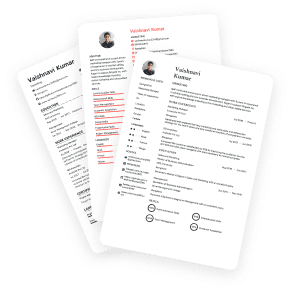
Expert Resume Tips to Make Your Application Stand Out
Create a Winning Resume with Top Resume Tips! Our expert tips and tricks will help you craft a resume that gets noticed by employers. Maximize your potential and get hired faster.
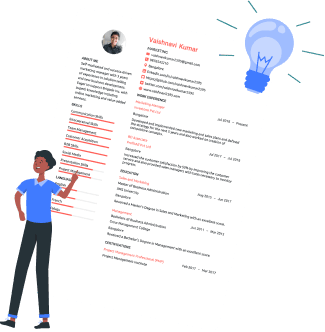
2M+
Resumes15+
Section Tips100%
Industry Approved500+
Companies Hiring
Basic Information
Help your future employer see the real person behind your resume. Create a cover letter with a design that matches your resume and finally get invited for that interview. Learn more about our cover letter builder.
About Me Section
Create an amazing 'About Me' section on your resume with our expert tips. Learn how to inject personality and individuality into your self-presentation, highlighting your unique skills, experiences, and passions. Show potential employers what sets you apart as a candidate.
Experience Section
Experience plays a huge role in revealing the growth and background of an individual. Make a lasting impression on potential employers with our expert tips on filling out your experience section. Learn how to showcase your skills and accomplishments, including industry-specific keywords, and stand out in today's competitive job market.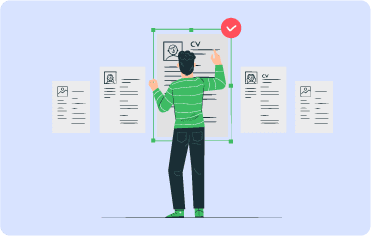
Projects Section
Make your resume stand out with our expert tips on highlighting your Projects section. Learn how to showcase your relevant skills, experience, and achievements clearly and compellingly to impress potential employers and land a job you always wanted.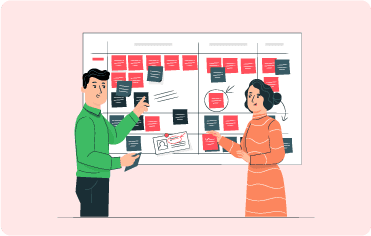
Education Section
Maximize your chances of getting hired with our expert tips on filling in your resume's education section. Learn how to showcase your academic achievements and qualifications to impress potential employers.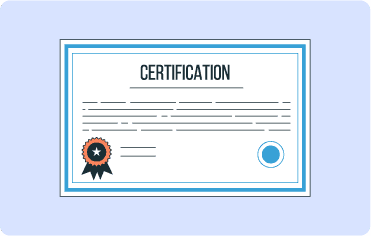
Skills Section
Maximize your job prospects with our expert tips on filling in your Skills section. Learn how to showcase your unique strengths and competencies in a way that stands out to potential employers and demonstrates your value as a candidate.
Hobbies Section
Unleash the power of your personal interests with our expert tips on filling in your Hobbies section on your resume. Learn how to showcase your passions in a way that demonstrates your well-roundedness and makes you stand out to potential employers through your resume.
Certifications Section
Read this and take your career to the next level with our expert tips on filling in your Certifications section. Learn how to highlight your professional qualifications and demonstrate your expertise to potential employers.
Achievements Section
Elevate your resume with our tips for filling in the Achievements section. Stand out from the competition by highlighting your accomplishments and demonstrating your potential to future employers.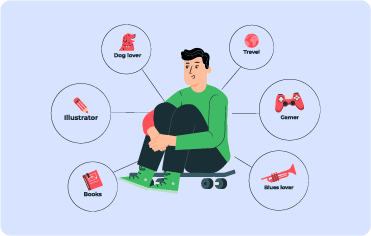
Social Section
Looking to showcase your social media savvy on your resume? Our expert tips will guide you through the process of crafting a standout social media section. From optimizing your LinkedIn profile to incorporating your personal brand, we'll help you make the most of your online presence to land your dream job.Simple Resume Writing Tips to Help You Stand Out
Customise Each Application:
Tailor your resume for each job application, aligning it with the specific job requirements and showcasing how your skills and experiences match the position.
Quantify Achievements:
Use numbers and metrics to quantify your accomplishments wherever possible. This adds credibility to your claims and demonstrates your impact.
Prioritise Relevance:
Focus on relevant experiences and skills that align with your target job. Remove any irrelevant information that doesn't contribute to your candidacy.
Keywords are Key:
Incorporate industry-specific keywords and phrases from the job description into your resume. Many companies use applicant tracking systems that scan for these keywords.
Concise and Clear:
Keep your resume concise and easy to read. Use bullet points to present information efficiently and avoid lengthy paragraphs.
Reverse Chronological Order:
List your work experiences, education, and other sections in reverse chronological order to highlight your most recent and relevant achievements.
Highlight Transferable Skills:
For freshers or those changing careers, emphasise transferable skills acquired through coursework, internships, or extracurricular activities.
Professional Email Address:
Use an email address that includes your name rather than personal or quirky usernames.
Use Action Verbs:
Begin bullet points with strong action verbs to make your accomplishments sound more compelling and impactful.
One Page Rule:
Aim to keep your resume one page, especially for entry-level or mid-level positions. Include only the most relevant and significant information.
Understanding the Purpose of a Resume
As the first impression you make on potential employers, your resume must clearly convey your qualifications and worth. Understanding the true purpose of a resume is the initial step towards crafting an impactful document. Its role extends beyond a mere summary of your work history; instead, it serves as a marketing tool to showcase your skills, experiences, and accomplishments that align with the job you're seeking. Tailor your resume to each application, emphasising the most relevant resume points demonstrating your fit for the role.
Resume Tips for Formatting and Structure
An organised and visually appealing resume is key to capturing recruiters' attention. Opt for a clean and professional layout with consistent fonts and spacing. Use bullet points to present concise, achievement-oriented statements highlighting your contributions in each role. Start with a powerful summary or objective information expressing your unique value proposition. Organise your work experience chronologically, placing the most recent roles first. Structure your resume with clear headings for education, skills, and additional information.
Resume Tips for Visual Appeal
When crafting a standout resume, the content is undoubtedly important, but so is the visual appeal. A well-designed and visually appealing resume can help you make a great first impression and catch the eye of potential employers. Here are some resume-building tips for enhancing the visual appeal of your resume:
Choose an appropriate format:
There are several different resume formats to choose from, including chronological, functional, and combination. Choose the format that best showcases your skills and experiences and presents the information clearly and organised.
Use a clean and professional font:
Stick to an effortless, easy-to-read font, like Times New Roman or Arial, and avoid using multiple fonts or font sizes. The font size should be between 10-12 points for the body text, with larger sizes used for headings.
Add some colour:
Adding a pop of colour to your resume can help it stand out. Use a subtle colour scheme, such as blue or green, to highlight vital information or section headings.
Use white space effectively:
Avoid cluttering your resume with too much information. Instead, use white space to create a clean and organised layout that is easy to read.
Include relevant graphics or icons:
If appropriate for your industry, consider including relevant graphics or icons to add visual interest to your resume. For example, you could use icons to represent your skills or achievements. Implement these resume tips to craft a visually appealing resume that effectively showcases your skills and experiences, setting you apart from the competition.
Resume Tips for Proofreading and Editing
This is a crucial section in the job search process. A well-written and error-free resume can help you make a great first impression and increase your chances of landing an interview. Here are some resume key points for proofreading and editing your resume:
Take a break:
After you've finished writing your resume, take a break before you start proofreading. This will help you approach the task with fresh eyes and catch any errors or inconsistencies that you may have missed.
Read it out loud:
Reading your resume out loud can aid you in catching any awkward phrasing or grammatical errors. Pay attention to the text's flow and ensure it reads smoothly.
Check for consistency:
Make sure that your formatting, font, and style are consistent throughout your resume. This includes things like date formats, capitalisation, and bullet points.
Use spell check:
Run your resume through a spell checker to catch any spelling or grammar errors. However, don't rely solely on spell check, as it may not detect all errors.
Get a second opinion:
Ask a friend or mentor to review your resume and provide feedback. A fresh perspective can help you catch any mistakes or areas for improvement.
Following these guidelines will help you ensure that your resume is polished, professional, and error-free, allowing you to stand out.
Resume Tips for Including Additional Sections
Beyond the core sections of a resume, additional sections can bolster your candidacy and provide a comprehensive view of your qualifications. Consider including sections such as certifications, language proficiency, volunteer work, or professional affiliations. These elements can add depth to your resume and showcase a well-rounded personality. When including these sections, ensure their relevance to the job you're applying for and their ability to strengthen your candidacy.
Remember, your resume is your gateway to the job of your dreams. Implement these expert resume writing tips to craft a standout application that resonates with recruiters and sets you apart from the competition. Combining a well-structured format, impactful content, and a visually appealing presentation, you can confidently present yourself as the perfect fit for your desired role.
